When the weather gets colder and winter flurries force your family indoors, it’s easy to understand why your children might not seem as spirited as usual. This change in mood could actually be a case of seasonal affective disorder (SAD).
Each year, more than 1 million children and adolescents suffer from Seasonal Affective Disorder, also known as the winter blues, a subtype of depression that follows a seasonal pattern, according to the American Academy of Pediatrics (AAP). Sufferers of SAD usually experience symptoms in the winter and fall; however, symptoms can occur in the spring and summer too.
Symptoms of SAD
One of the most important things to do is to look for signs that your child may be suffering from SAD. While there are various reasons for uncharacteristic behavior, especially in the fall and winter, common symptoms of SAD include the following:
- Become sad because of the shortening days
- Oversleeping or changes in sleep pattern
- Weight gain or loss
- Fatigue
- Withdrawal from social activities
- Experience feelings of low self-worth and hopelessness
- Struggle with school work
It is estimated that 10 to 20 percent of children and adolescents develop mild SAD symptoms as winter begins and the symptoms can worsen as winter progresses.
There is no known cause of SAD, however some researchers found it may be influenced by a disruption in a person’s circadian rhythm, or the body’s natural cycle of waking and sleeping. In the winter, there is less sunlight, which plays a role in the brain’s production of melatonin and serotonin. So, SAD could be caused by the body’s over production of melatonin, which encourages sleep, and under production of serotonin, which fights depression.
Treating SAD
Diagnosing SAD involves medical exams to rule out other possible symptom causes, like hypothyroidism or hypoglycemia, but treating moderate SAD can be simple:
- Maintain a bedtime routine with a healthy sleep and wake cycle
- Spend time outside every day during daylight hours
- Open window shades in the home
- Exercise regularly, especially outdoors
- Eat a healthy diet that is low in simple carbohydrates and high in vegetables, fruit and whole grains
- Use a “dawn simulator” to gradually turn light on in the bedroom to trick your body into thinking the sunrise is earlier
If symptoms worsen or persist beyond winter, discuss further treatment with your pediatrician. That treatment may include psychotherapy, medications, or a combination of both. Talking to your child, understanding what they are experiencing, and working with your healthcare provider are crucial steps in determining the best course forward.
 https://riseandshine.childrensnational.org/wp-content/uploads/2018/01/frowny-face-drawn-in-the-snow-feature.jpg
300
400
Rise and Shine
https://riseandshine.childrensnational.org/wp-content/uploads/2017/11/childrens_riseandshine_logo.jpg
Rise and Shine2024-01-23 07:00:002024-01-23 13:16:01Could your child have seasonal affective disorder?
https://riseandshine.childrensnational.org/wp-content/uploads/2018/01/frowny-face-drawn-in-the-snow-feature.jpg
300
400
Rise and Shine
https://riseandshine.childrensnational.org/wp-content/uploads/2017/11/childrens_riseandshine_logo.jpg
Rise and Shine2024-01-23 07:00:002024-01-23 13:16:01Could your child have seasonal affective disorder?



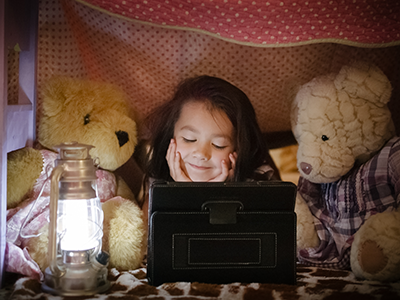


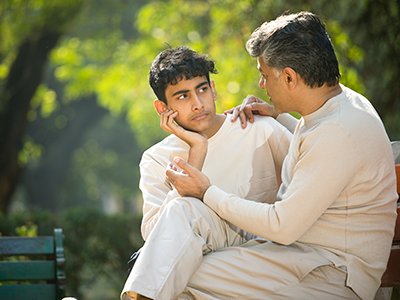
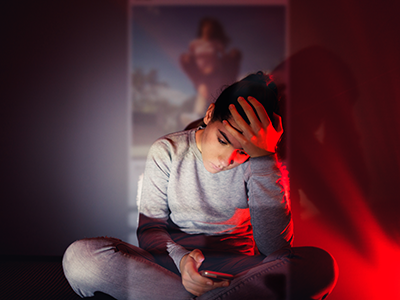

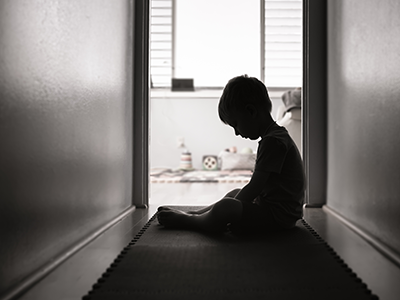
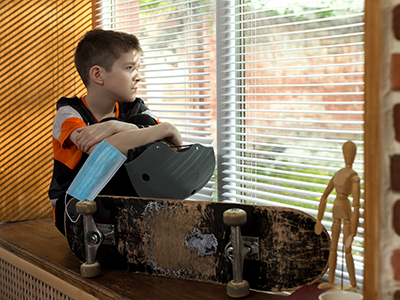
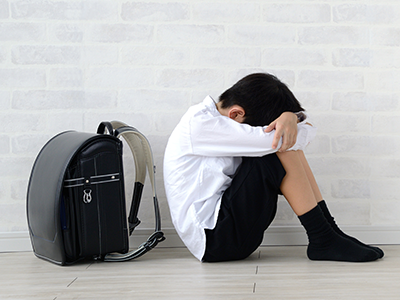
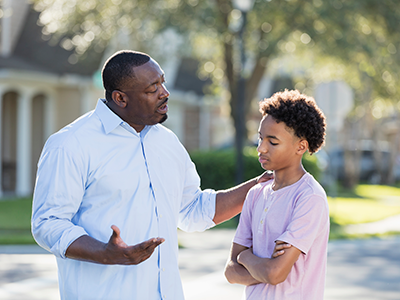
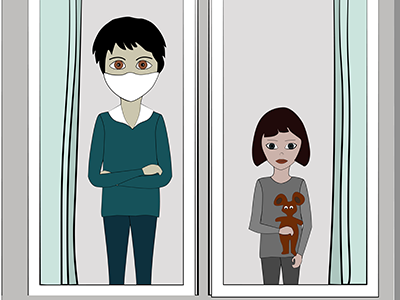
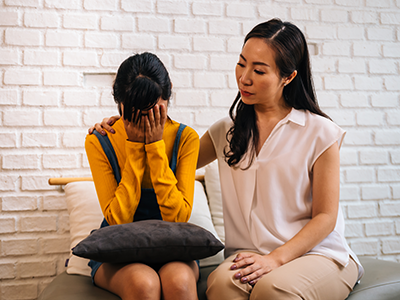
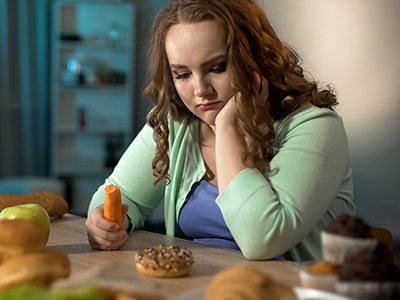
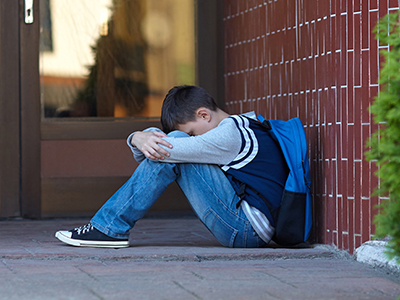
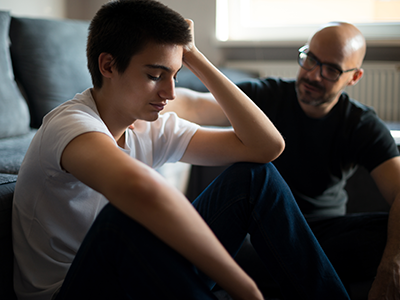
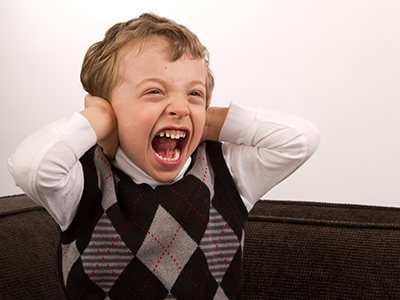
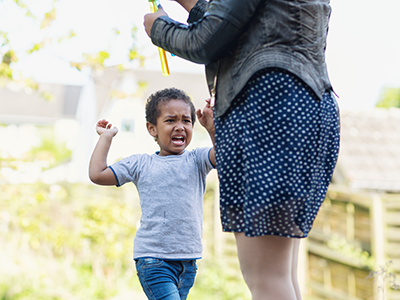

Leave a Comment
Want to join the discussion?Feel free to contribute!